f India is on the threshold of becoming an engine of growth and the once sleeping elephant has started to run, the same cannot be said about India’s healthcare system. The quality of public healthcare in India is so poor that it is estimated to cost the country nearly 6 per cent of GDP every year to preventable diseases and premature deaths. Poor healthcare is also said to push millions of households and people into poverty each year. At $16 per capita public expenditure on health, India ranks lowest in Southeast Asia.
For an economy that is growing at an average rate of 7 per cent, India spends a little over 1 per cent of GDP on healthcare, which is also lower than other low-income countries that spend 1.4 per cent of GDP. This makes improving healthcare on a mammoth scale a must for the government which recently launched the Pradhan Mantri Jan Arogya Yojna (PMJAY), also called Ayushman Bharat, a public funded healthcare scheme.
The fact that India needs universal health coverage for its vast underprivileged population has been stressed upon time and again but not enough has been done so far. Therefore, any step that leads to better healthcare for a large section of population is always welcome. Putting more money into healthcare is important for India’s economic growth and Ayushman Bharat, popularly known as ‘Modicare’, promises to do the same. If done on a scale that is required, it will help provide a leg up to India’s struggling healthcare system.
Health experts are of the view that the road to India’s universal health coverage is not going to be straightforward or easy. A similar effort was made in the past but lost steam when the government at the Centre changed in 2014. The Rashtriya Swasthya Bima Yojna (RSBY) was the first go at near-universal healthcare for the poor. Launched by the UPA-I in 2008, RSBY promised annual insurance of Rs 30,000 per family and targeted the below poverty line families.
It was later expanded to include construction workers, railways porters, street vendors and domestic workers. Beneficiary families were required to pay one-time Rs 30 registration fee. Its premiums were capped at Rs 750 per family per year. RSBY was designed to cover 60 to 70 million households by 2017 but barely reached 36 million.
Under Ayushman Bharat, nearly 100 million households and 500 million people will be provided Rs 5 lakh insurance for secondary and tertiary healthcare. Households chosen from the 2011 Socio-Economic Caste Census will be eligible for free and cashless in-patient treatment. Apart from subsuming RSBY, Ayushman Bharat will be merged with existing similar state government schemes with a 60:40 contribution by the Centre and states, respectively. Most of the states and union territories have joined the scheme, while a few have refused to sign up.
Ayushman Bharat will offer 135 health packages, as compared to 70 under RSBY. On paper all this sounds fabulous and paints great picture of a healthier India in coming years. But the reality is quite different. Last year, the budget allocation for RSBY was Rs 1,000 crore. In the current fiscal, the budget allocation for PMJAY is only Rs 2,000 crore. There is little clarity on the amount of funds required to provide health insurance of Rs 5 lakh for 10 crore households or 500 million people and how the ambitious national healthcare protection scheme will be funded.
Niti Aayog experts have anticipated the annual PMJAY budget to be around 10,000 crore in the next few years. This is a highly conservative estimate. It works out to only Rs 1,000 per family or Rs 200 per person for the whole year. Independent health experts anticipate the cost to be anywhere between Rs 30,000 to 60,000 crore. Some experts are of the view that the actual funds needed might be as high as Rs 1 to 2 lakh crore.
According to National Health Agency, the apex body for implementation of PMJAY, there are no caps on funding and the allocation can be increased to Rs. 20,000 to 30,000 crore. Experts say it will still be insufficient to buy insurance of Rs. 5 lakh for 100 million families. Lack of adequate funding is a major issue and allocation of just Rs. 2,000 crore during the current year cannot provide the promised coverage to the large population sought to be included.
Not all states are in a position to raise their own share of 40 per cent; it is why some states like West Bengal and Rajasthan were reluctant to sign up. While without adequate financial commitment the outcomes will remain uncertain, unpreparedness before the ambitious health coverage scheme was hurriedly announced in the budget and launched on September 25 will give rise to many teething problems. With the government in haste in the pre-election year, the late start to the scheme in the NDA government’s term – possibly with an eye on the 2019 general elections – makes the guaranteed access to free treatment to about 40 per cent of the population a huge challenge.
Insurance coverage is one component of the National Health Protection Mission. The other component is the creation of 1.5 lakh health and wellness centres across the country, for which the budgetary allocation in the current fiscal is Rs 1,200 crore. That comes to Rs 80,000 per centre. Can a primary health centre be opened in just Rs 80,000? Probably, the money would be utilised to upgrade or dress up old health centres for the new occasion, leaving very little for opening new health and wellness centres. A large component of the healthcare expenditure in India comprises of pathology tests, outpatient care and medicines, which is not covered under PMJAY. This means people have to spend out of their own pocket for OPD services and medicines.
Apart from adequate funds, a good healthcare system needs more and better doctors, more clinics and hospitals. It also needs more primary healthcare centres, spread all over the country and easily accessible to the poor and low-income families to deal with common medical ailments. Then there is an issue of lack of quality healthcare in most public hospitals where PMJAY will be first launched. Above all, India needs better medical education to produce good doctors and nurses. Whatever the government’s promise, little can be achieved without a massive increase in public health expenditure and a complete overhaul of the primary healthcare infrastructure.




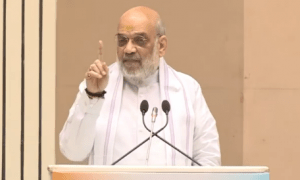

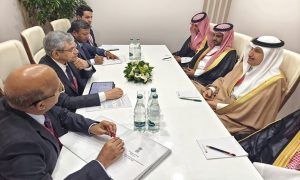

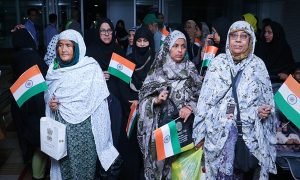

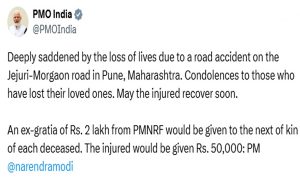

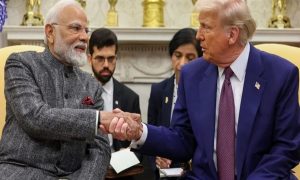

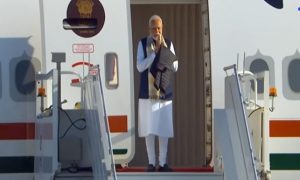



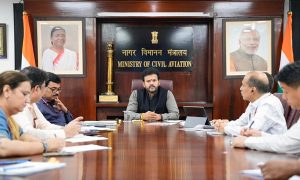

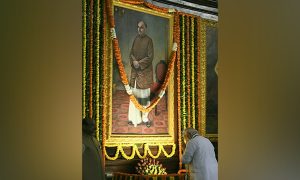

 WhatsApp us
WhatsApp us